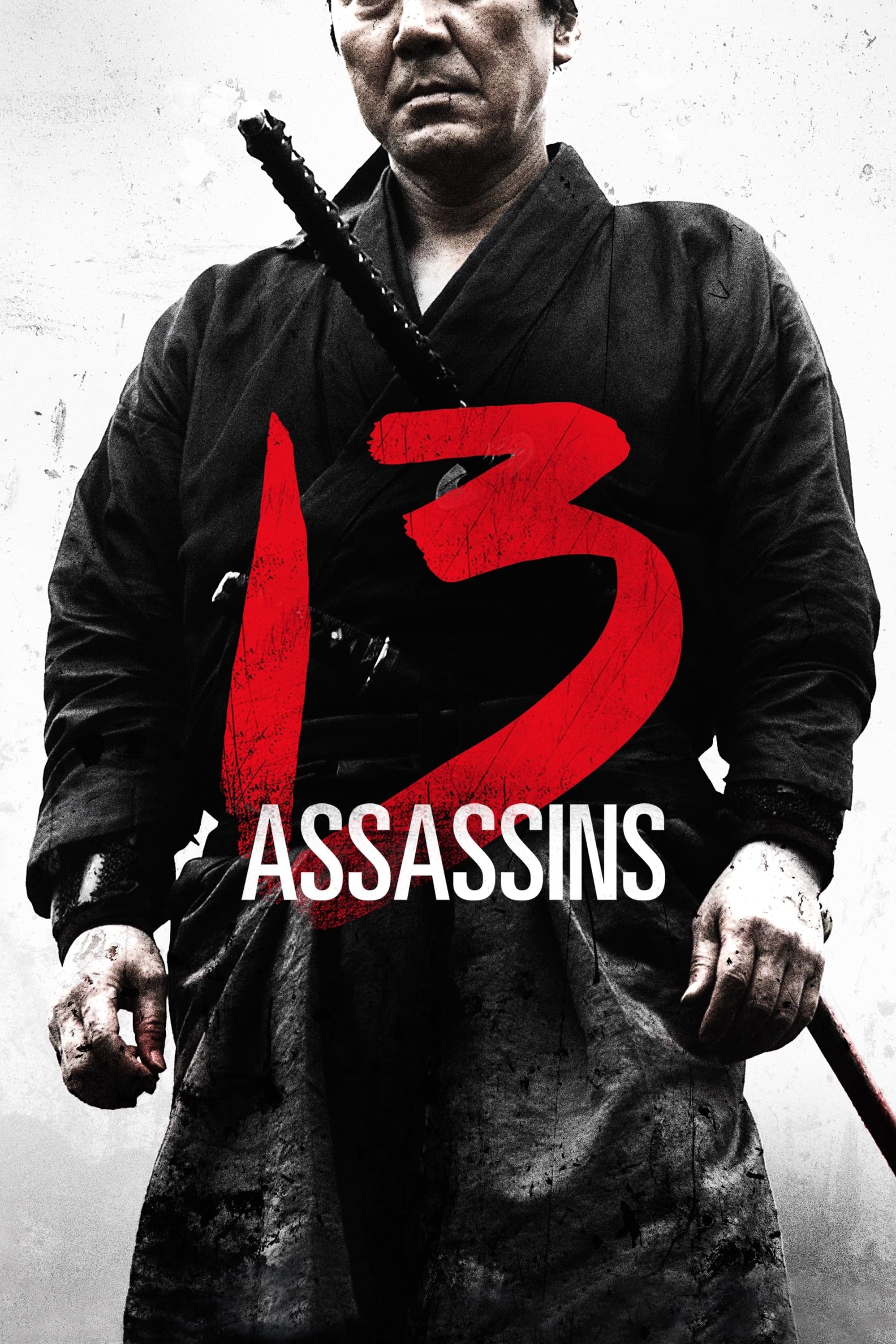
13 Assassins
2010
Rate this movie
Average: 5.00 / 5
(1 votes)
Director
Takashi Miike is perhaps one of the most prolific directors in the world. The Japanese filmmaker indeed boasts, excluding shorts and television productions, over sixty films directed since 1995 to today, and continues his relentless march at a pace of over three films a year. This torrential output, which for many filmmakers would represent a dissipation of energy, for Miike proves instead to be a constant exploration of cinematic languages, an uninterrupted flow that, every now and then, delivers true gems.
This 13 Assassins is perhaps his masterpiece, a work that condenses his technical mastery and his profound understanding of the genre, and it is strange that such an artistic peak is reached with a remake. 13 Assassins is indeed a remake of Eiichi Kudô's eponymous 1963 film, a minor cult from the Land of the Rising Sun whose almost legendary aura derived from its raw narration and uncompromising depiction of an era of transition. Miike approaches the work with tangible deference and respect, not limiting himself to a mere re-presentation, but rather engaging in a dialogue with the original film, expanding its thematic resonances and refining its aesthetic, and his version oozes genius and meticulous competence from every pore.
13 Assassins is a "Jidai Geki" genre work, meaning a historical drama set during the Tokugawa period (1603 – 1867) that recounts the events of samurai, peasants, and artisans who lived in that era. This genre, often steeped in reflections on codes of honor, social transformations, and the twilight of an era, represents a fundamental crossroads of Japanese cinematography. The Jidai Geki genre includes works such as Kurosawa's Seven Samurai, or Kitano's Zatoichi, which we have extensively discussed in this list and which have been indelibly etched into the history of this Japanese "Cape and Sword" pattern. While Kurosawa explored the defense of the weakest in an era of banditry and uncertainty, Miike here delves into a more intrinsically political narrative, where individual honor clashes with systemic corruption of power. His film is not limited to an uncritical exaltation of bushido, but explores its contradictions and ethical weight in a world about to change.
And Miike's love for the "Cape and Sword" genre is palpable in every shot, from the care taken with historical transposition, costumes, fight sequences, the reconstruction of settings, and his shooting technique, which abandons the palpitating neuroses and visceral excesses of his most successful thrillers like Audition and Ichi the Killer, for a more sober and refined approach. This stylistic maturation is not a renunciation of his authorial imprint, but rather a channeling of his energy in a more contemplative and, paradoxically, more incisive direction. The formal rigor adopted in 13 Assassins elevates the narrative, allowing the story's brutality to emerge with an unexpected gravitas, without resorting to cheap shocks.
We are in early 19th-century Japan, an era of relative peace but also of profound social unrest foreshadowing the end of the feudal era. The hated Naritsugu, the Shogun's demonic brother, rages across the lands with ruthless ferocity, a symbol of aristocratic corruption that undermines the very foundations of society. His sadism is not an end in itself, but a reflection of the moral dissolution of a ruling class. Shinzaemon Shimada, a high-ranking samurai with an uncertain future, is hired to kill Naritsugu. His mission is not merely an act of justice, but almost a last, desperate attempt to preserve the honor of the samurai code in the face of a threat that corrupts its very essence. Shimada immediately sets out to assemble a group of samurai capable of standing up to the fearsome small army of the Shogun's brother's bodyguards. The formation of this heterogeneous company, each with their own motivations and skills, recalls the classic "team building" structure of Jidai Geki, but with a palpable moral tension that elevates each individual character. To accomplish his mission, he will lure Naritsugu into an abandoned village, a meticulously prepared theatre of war, where he will set up traps and ambushes to achieve his objective.
An epic battle looms on the horizon, where a few valiant men will engage in a no-quarter fight with an overwhelmingly numerous enemy. The film is essentially divided into two parts: in the first, the premises for the battle are created, with a meticulous construction of characters and a growing psychological tension that culminates in the desperate necessity of the undertaking; in the second part, the events of the epic final clash are narrated, an apotheosis of choreographed violence lasting almost an hour, without ever losing intensity or narrative clarity.
Miike moves with visionary sagacity, crafting a perfect product with magnificent fight scenes and sparkling katana duels. His camera moves fluidly on the fringes of an action that springs from the narrative with devastating iconographic power, without ever being redundant, but with a naturalness and credibility that make this film a genre cornerstone and an inescapable landmark in Miike's career. It is a work that reasserts the greatness of genre cinema when approached with intelligence and respect, and that demonstrates how a director can reinvent himself while remaining true to his own unmistakable voice.
Main Actors
Countries
Gallery
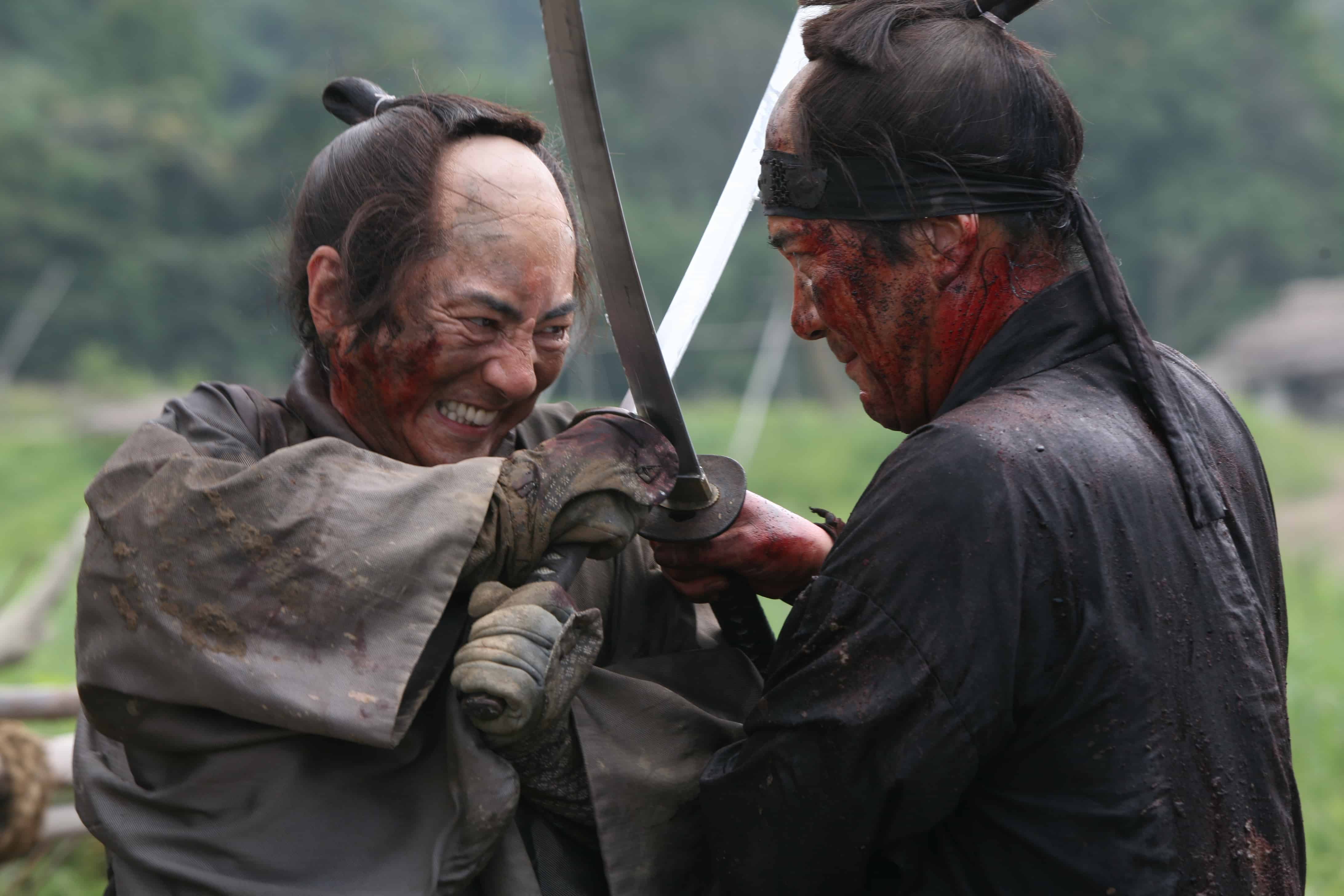


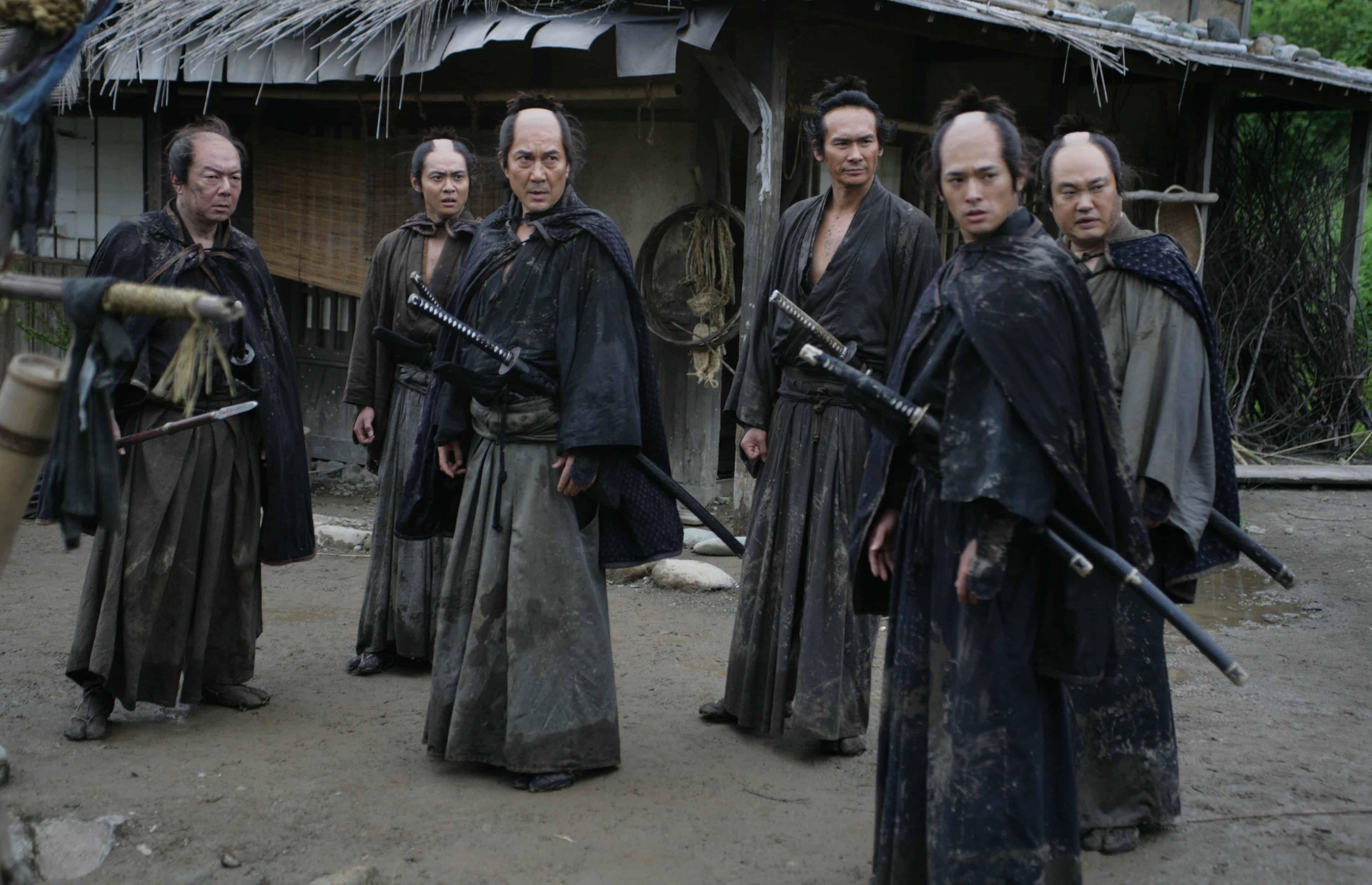
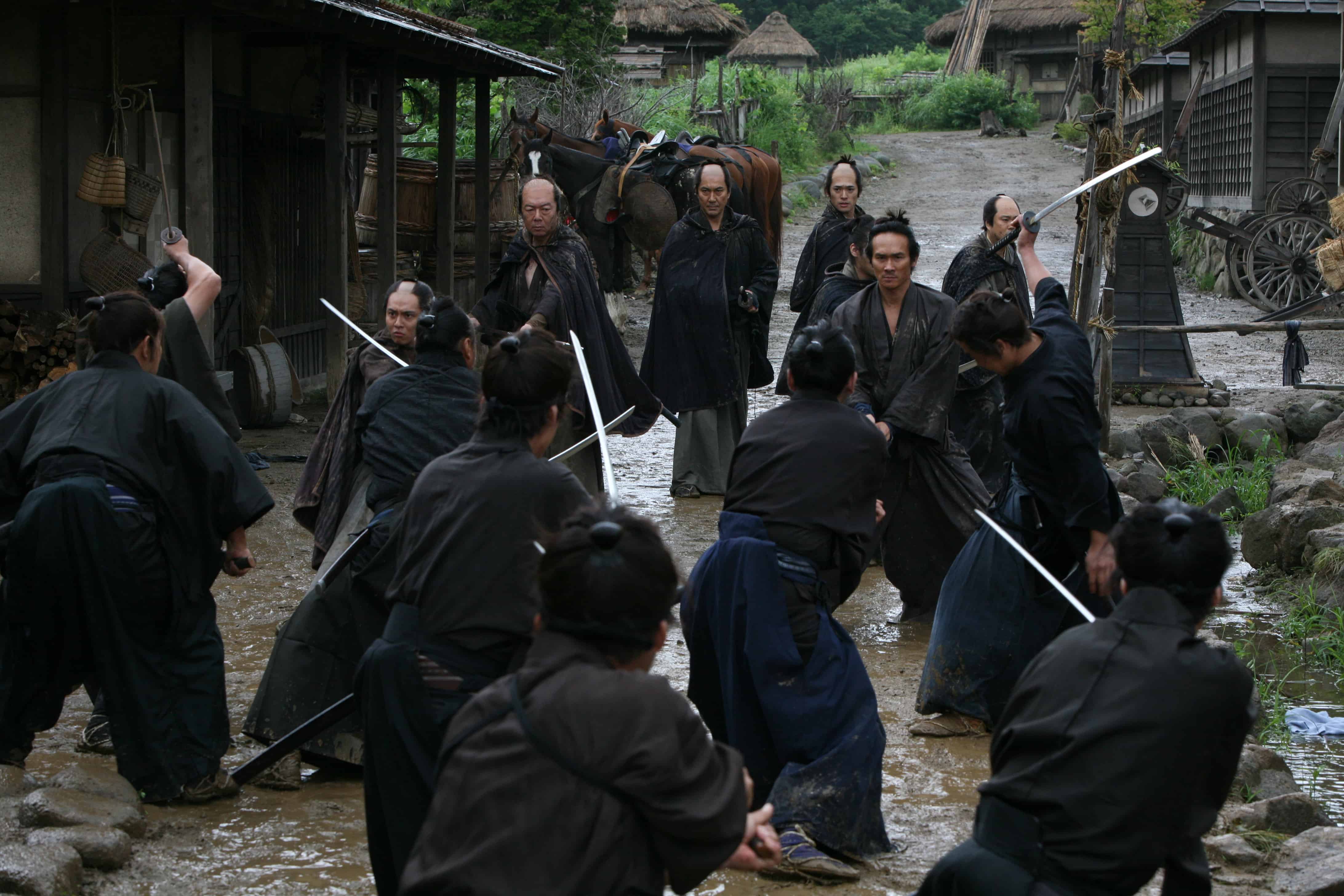


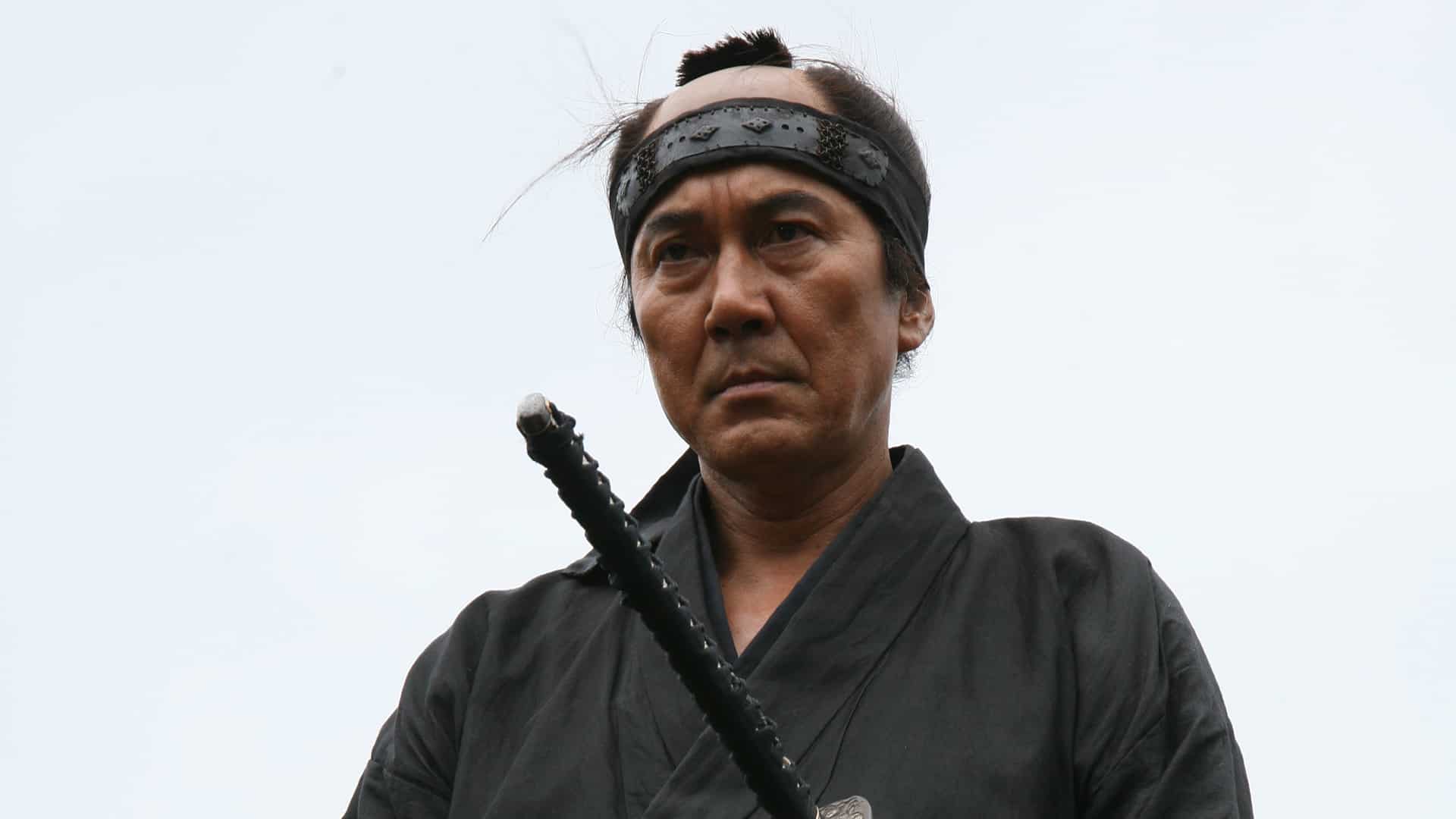


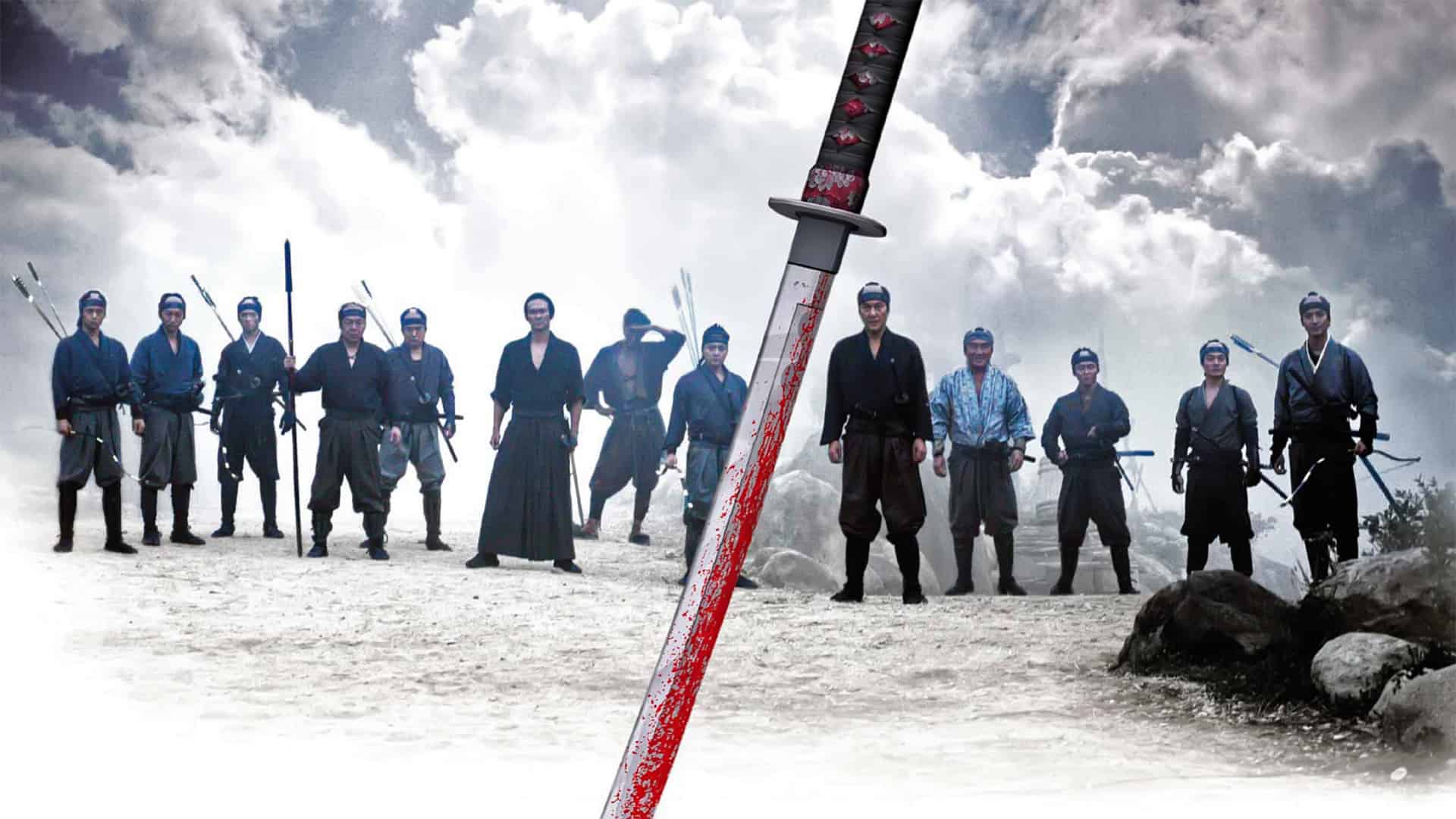
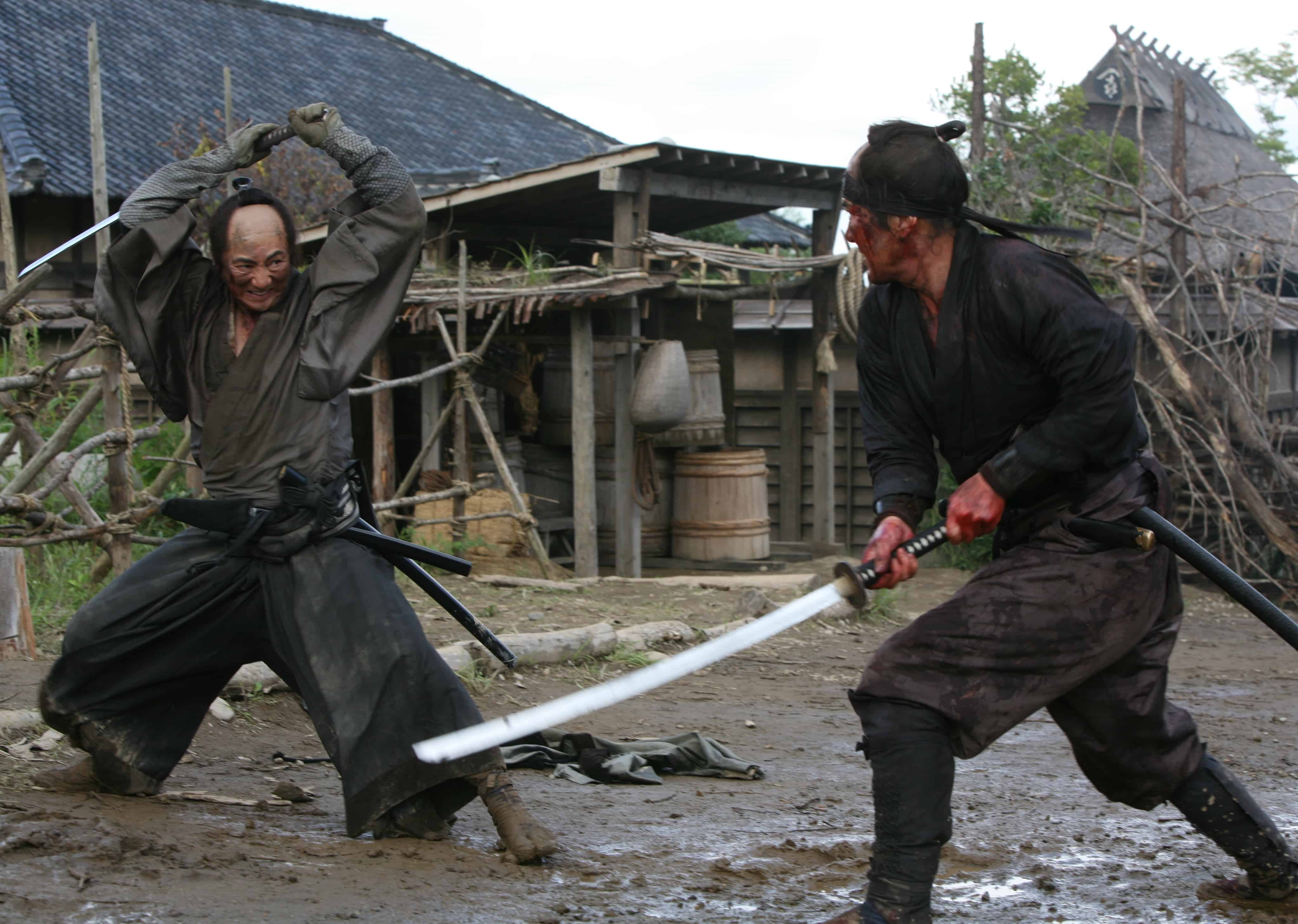
Comments
Loading comments...